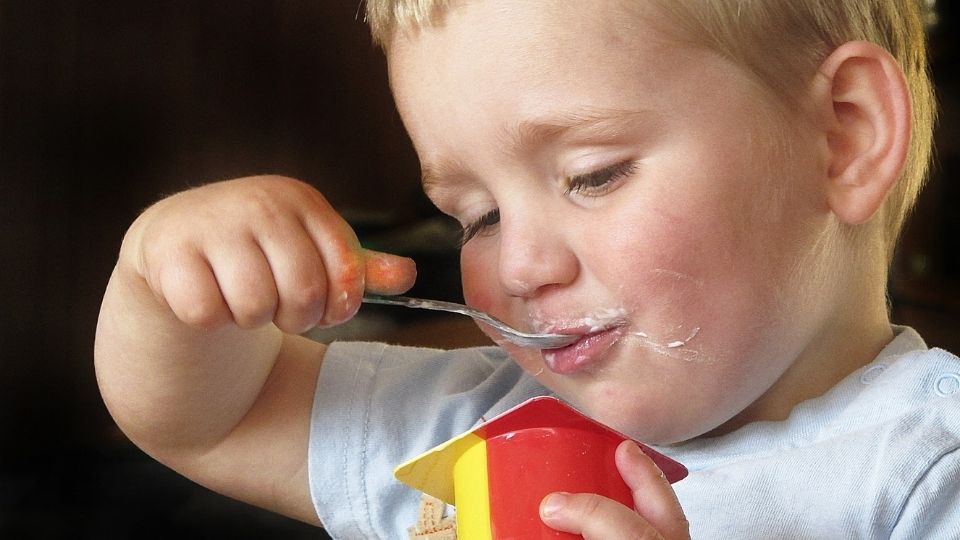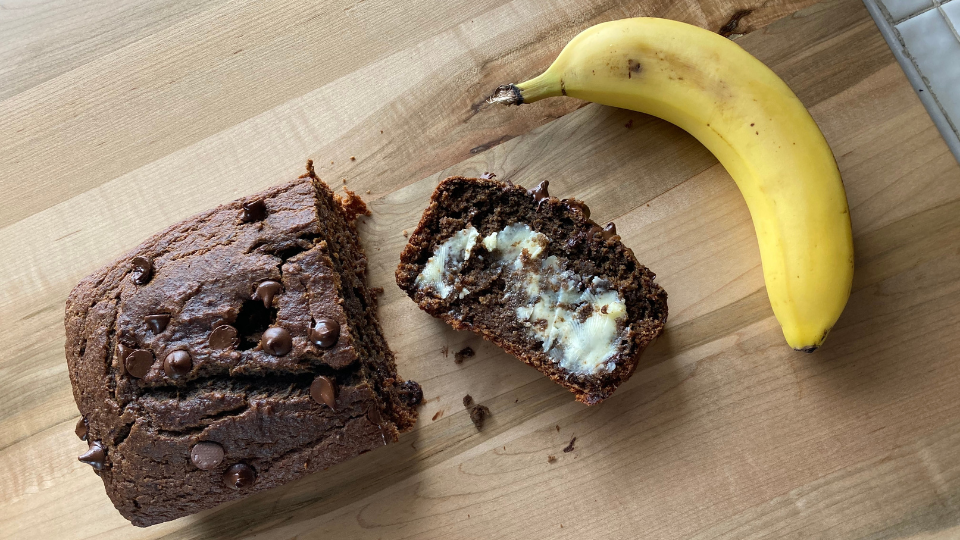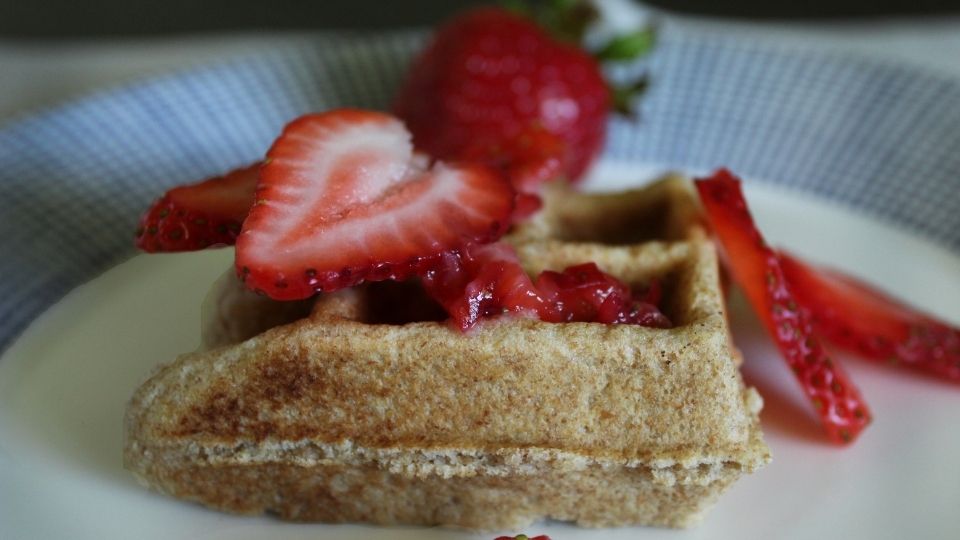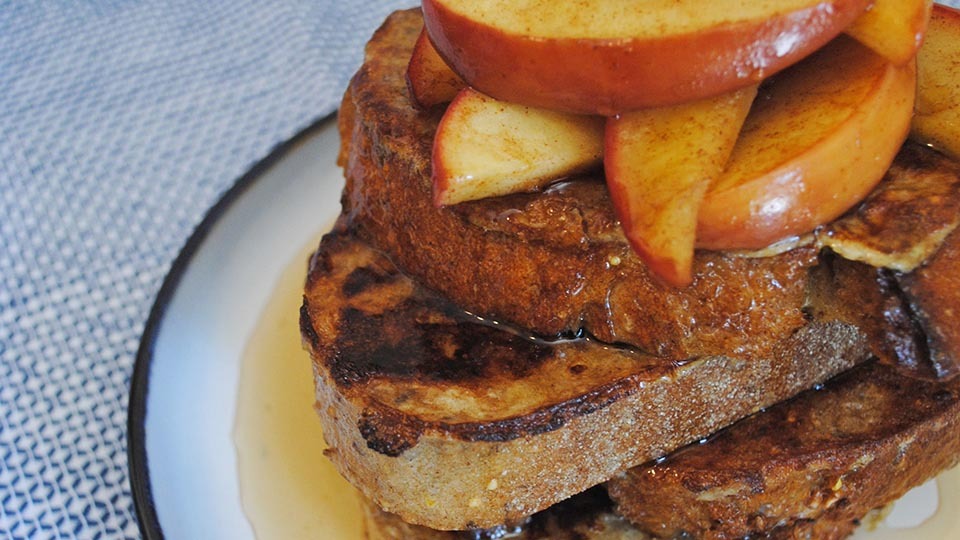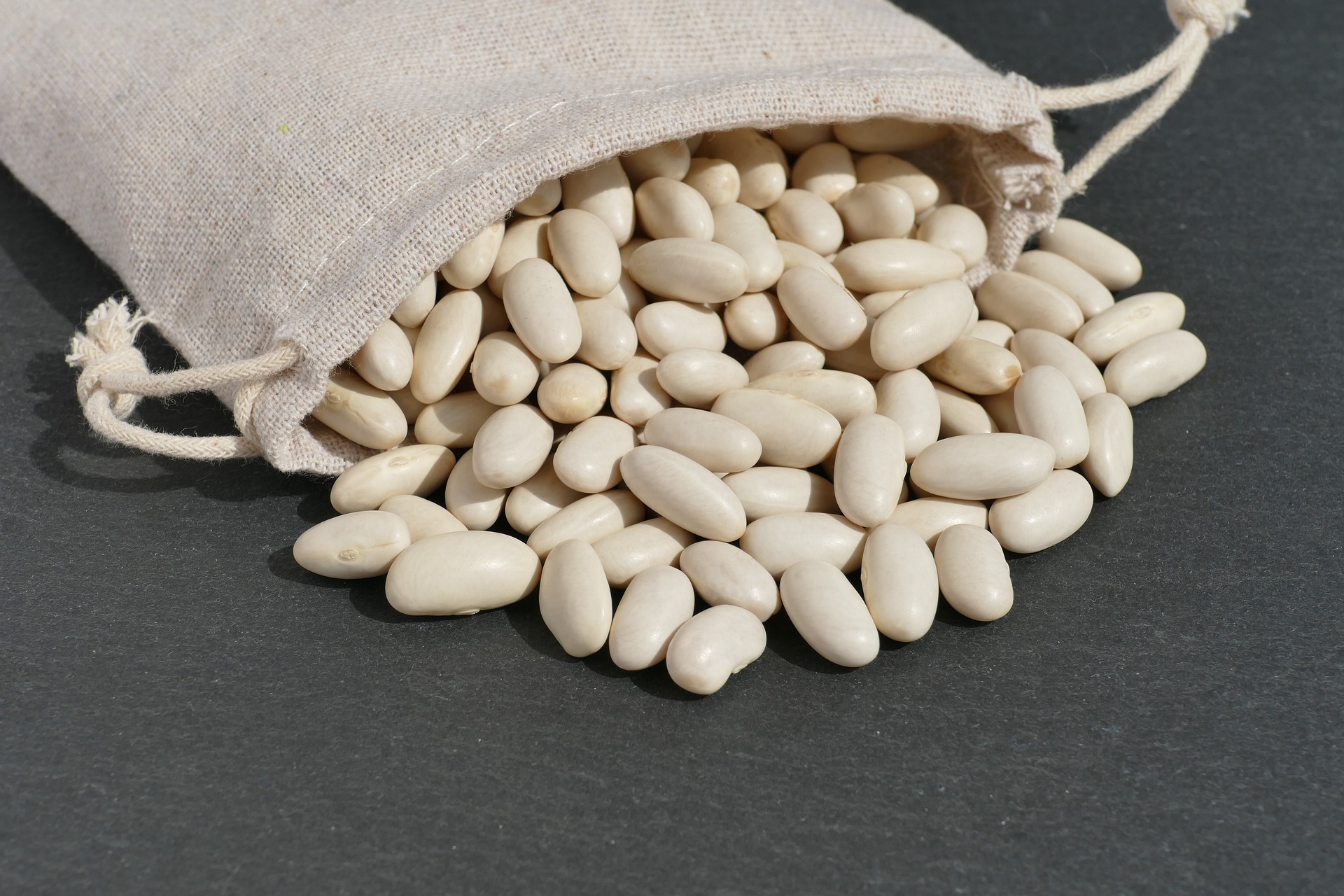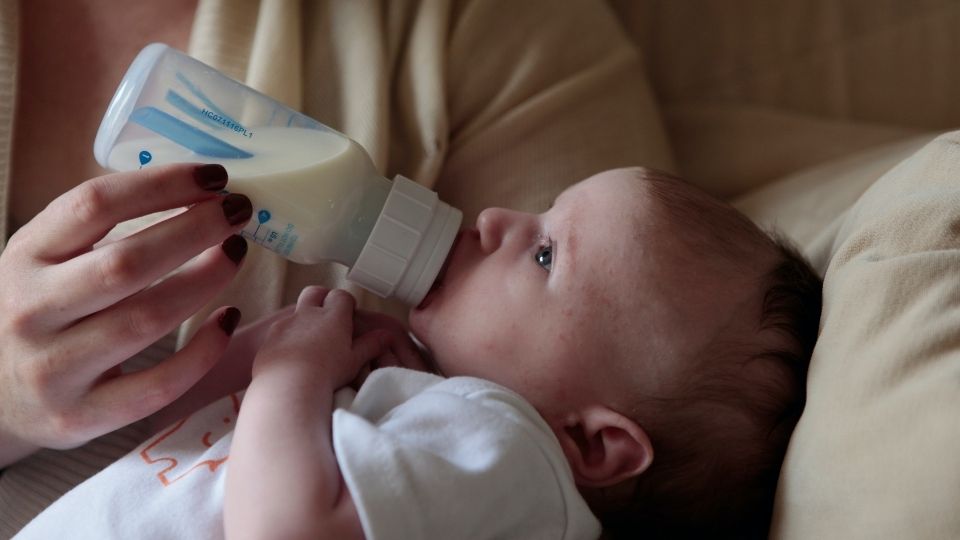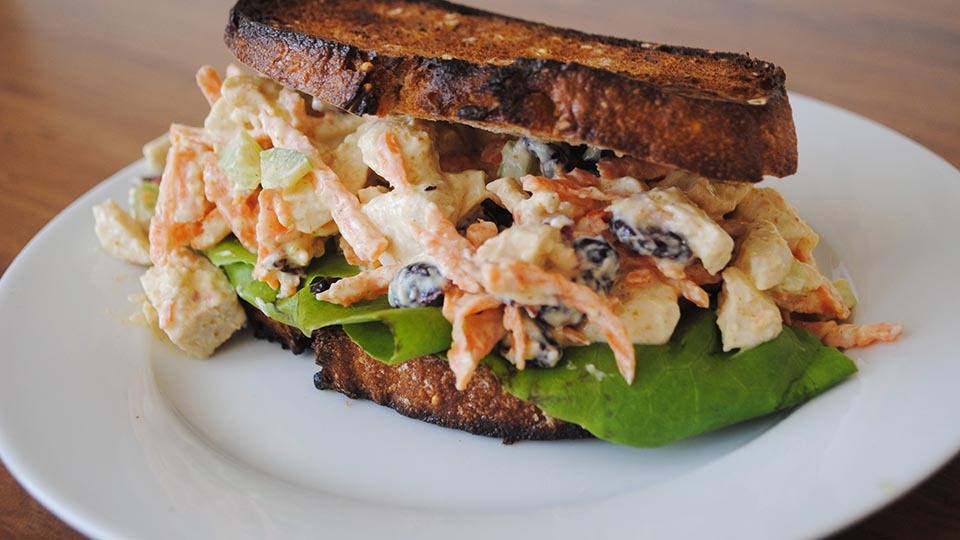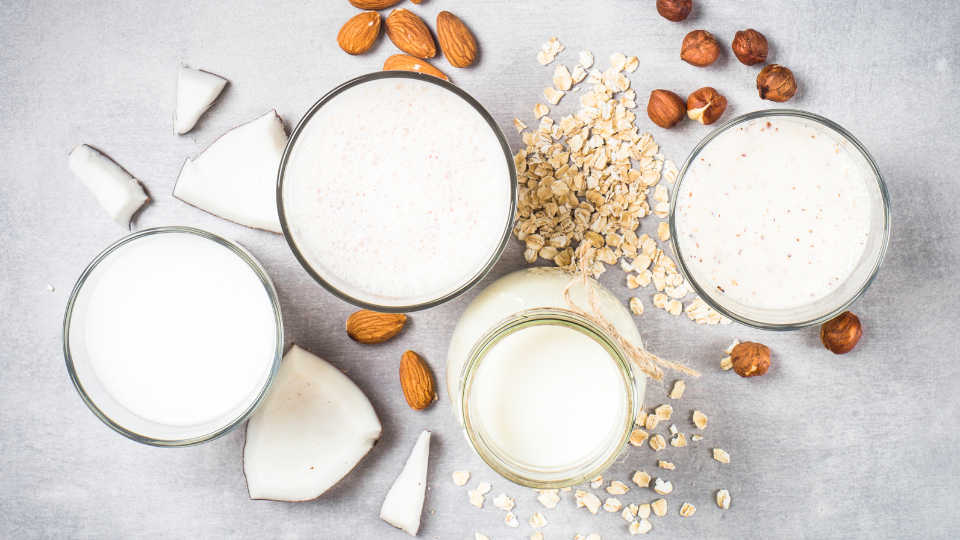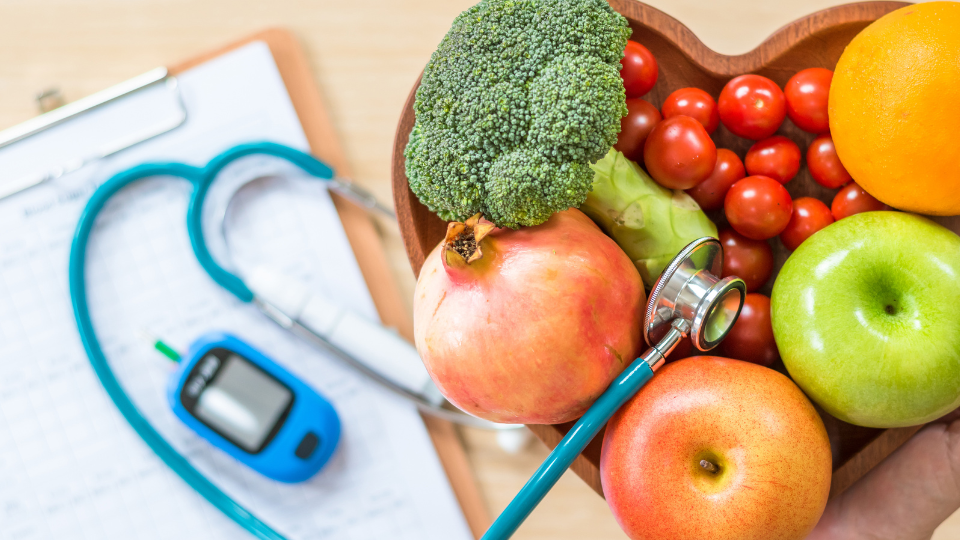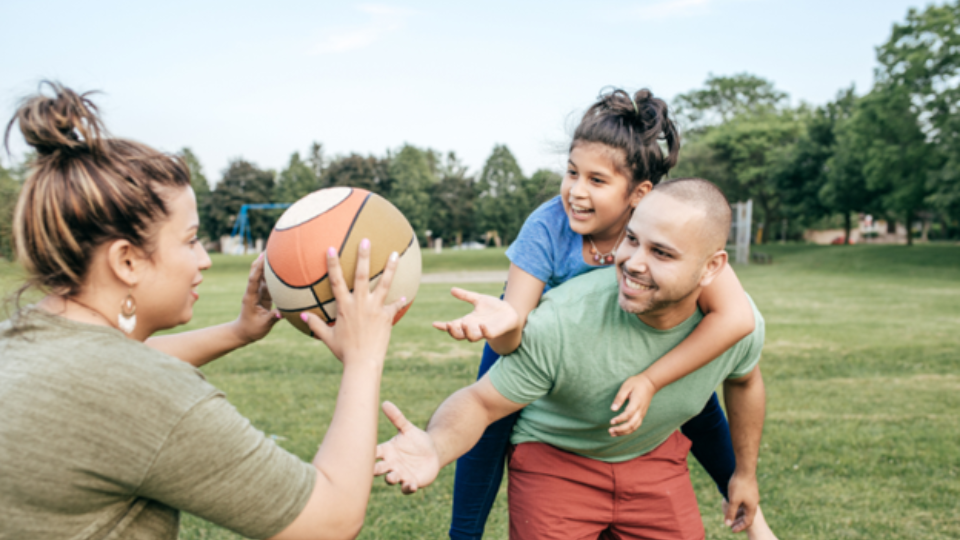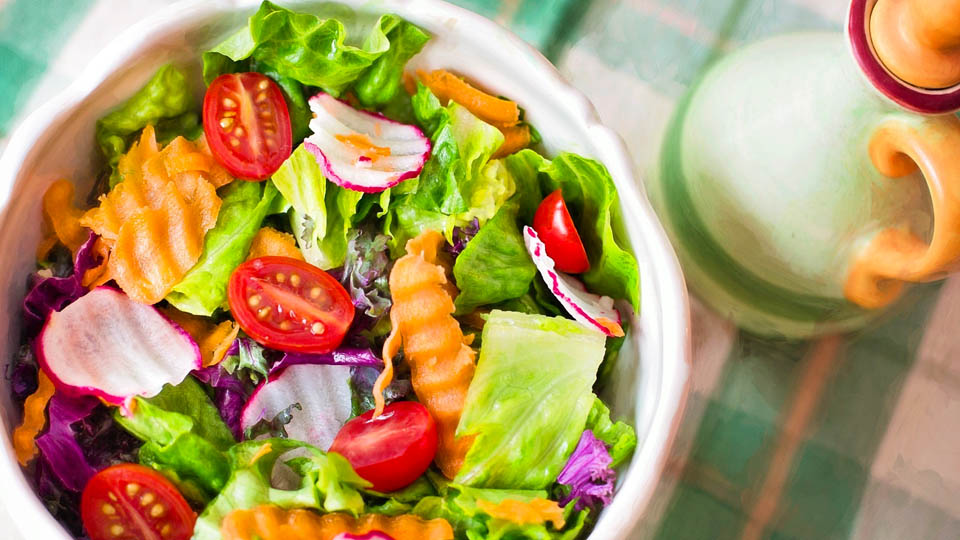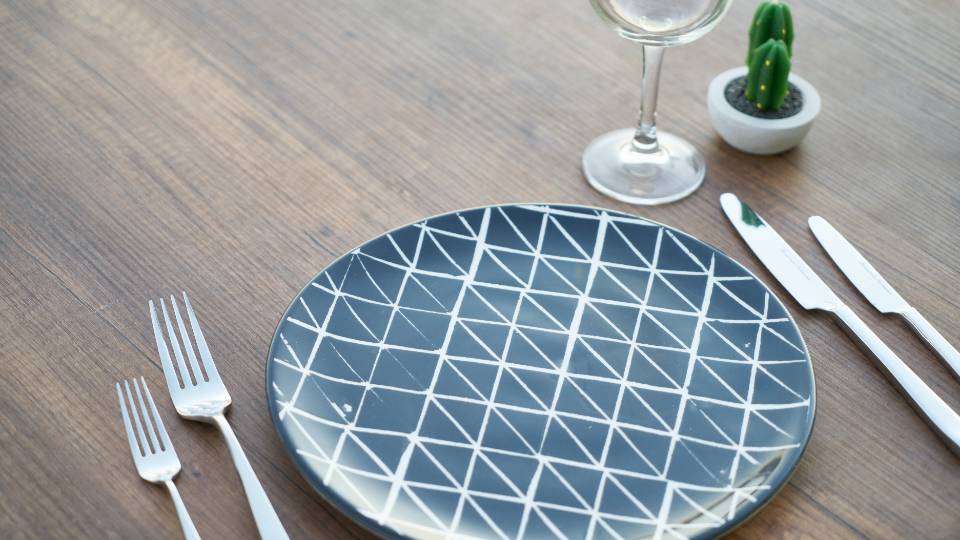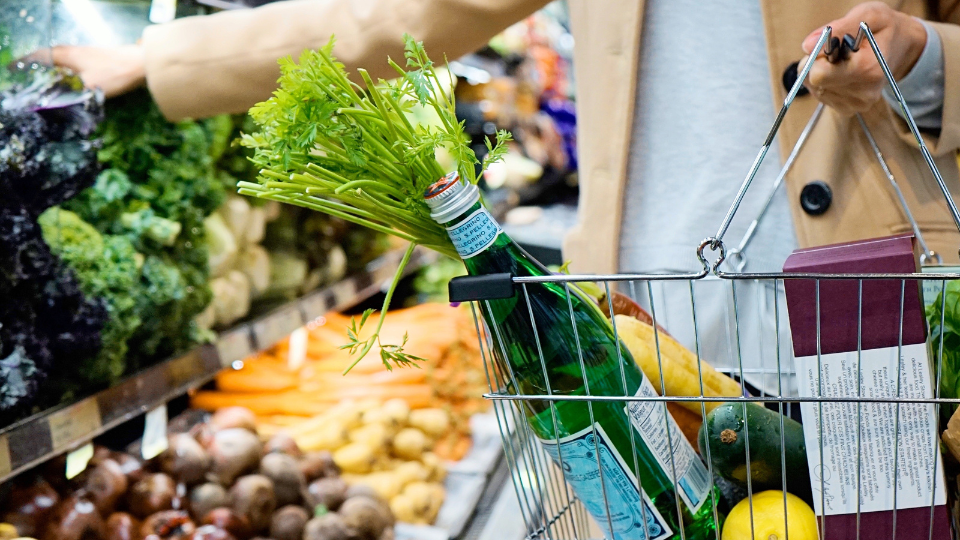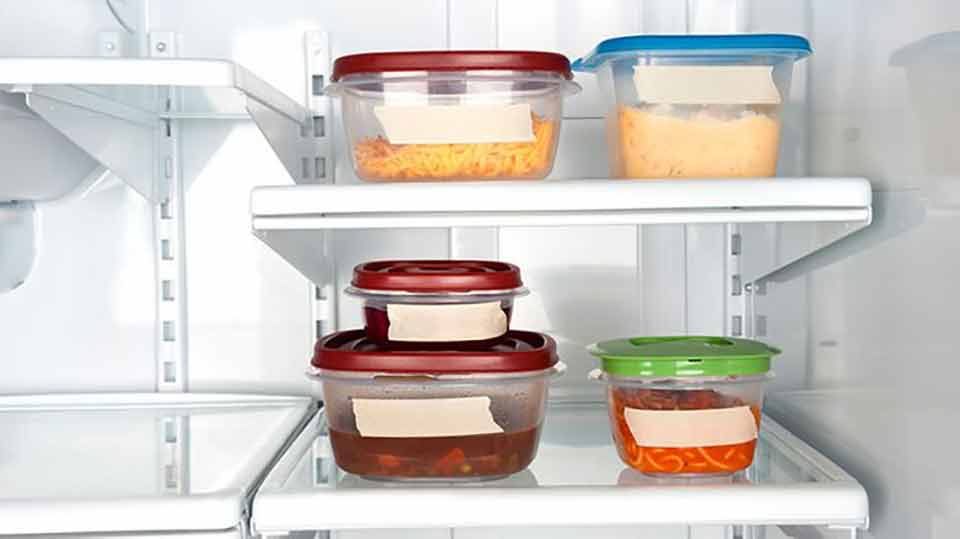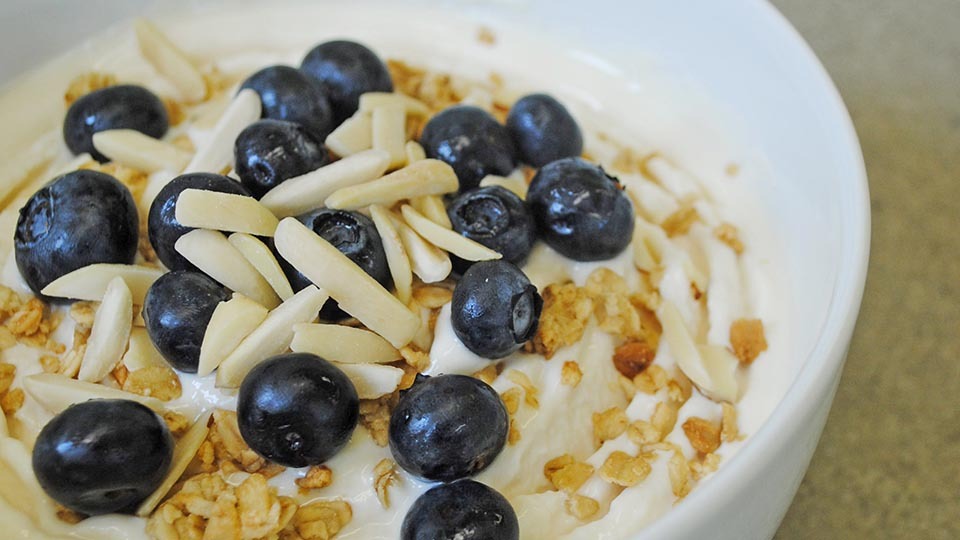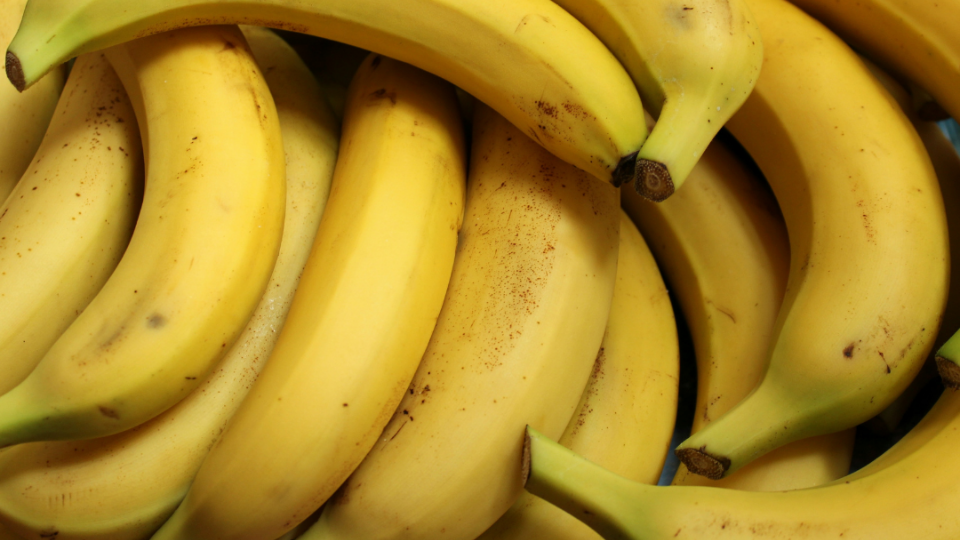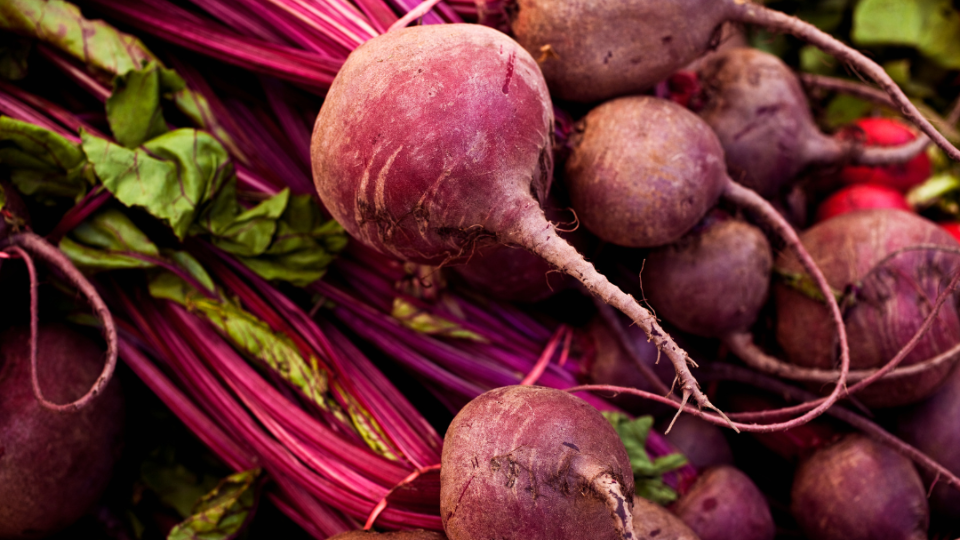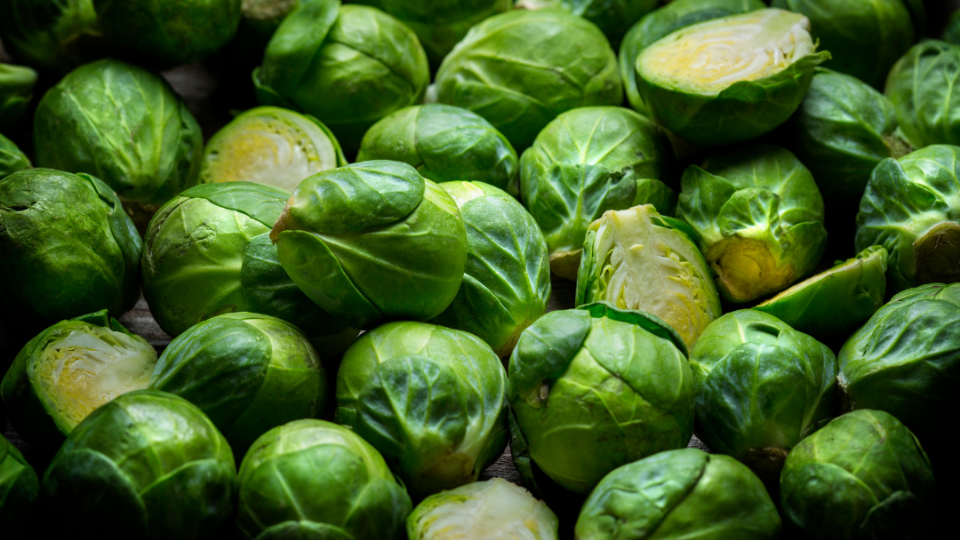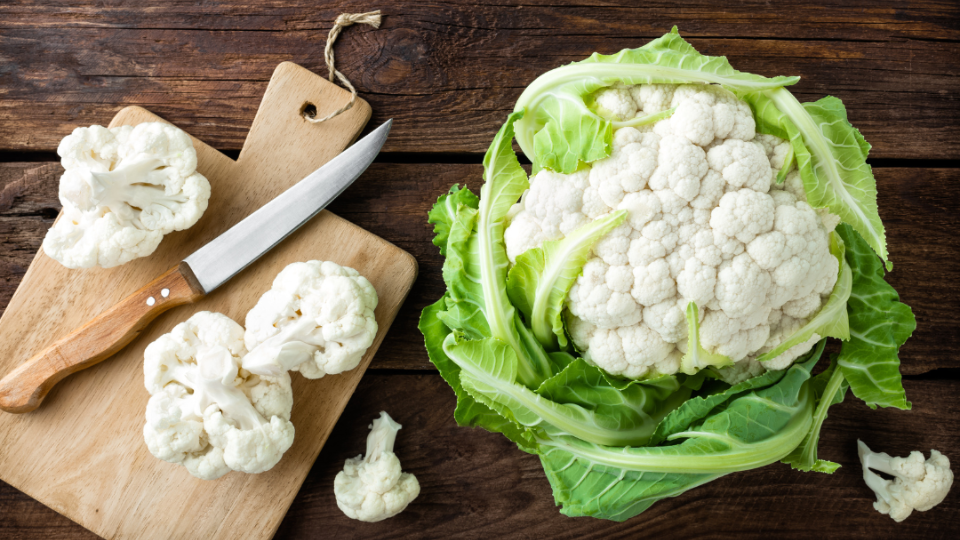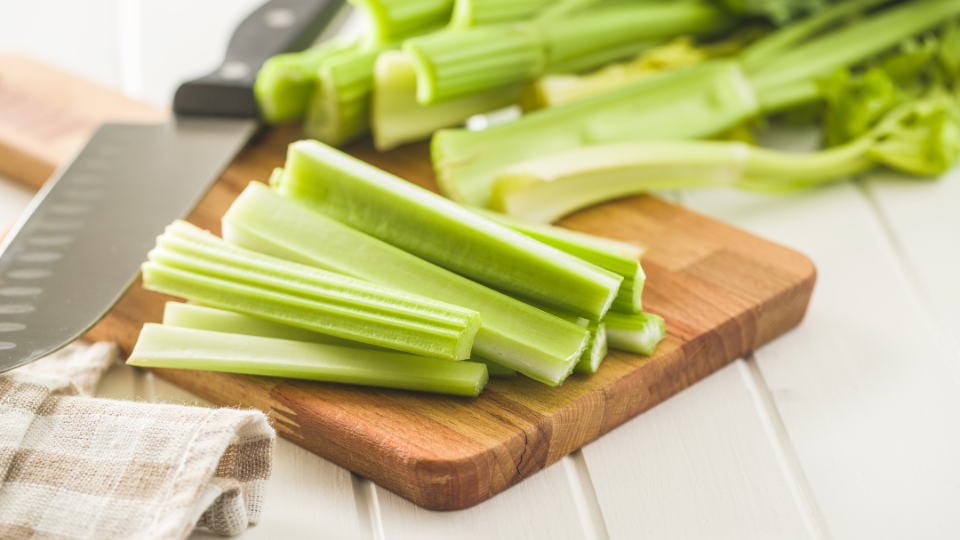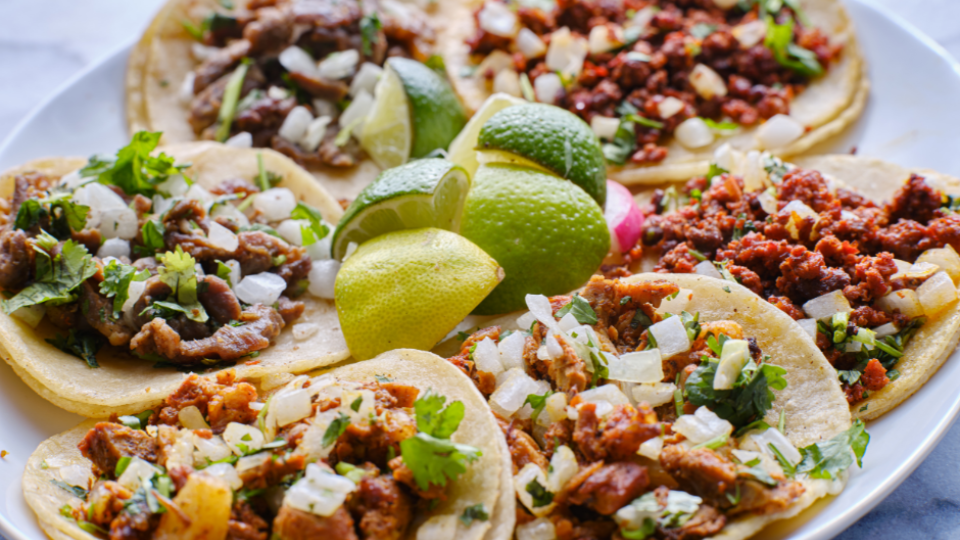Type 1 Diabetes and Extracurricular Activities
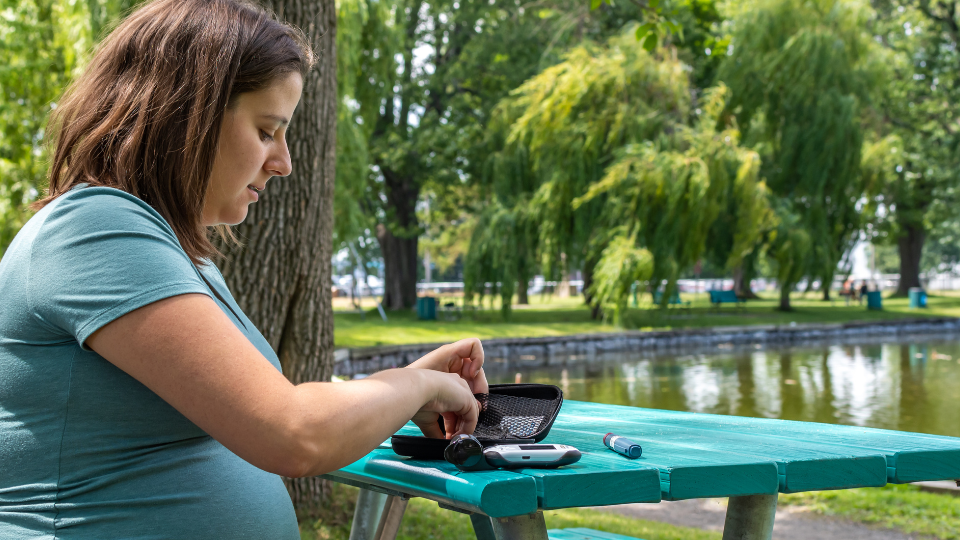
How to participate in Extracurricular Activities?
Family Activities
Do not let you or a family member having T1D keep you from doing what you love to do together. Just as you may already be learning, you may need to add a few steps before leaving the house, but as you practice, it will become second nature. Consider making a diabetes bag or backpack that you can keep stocked with everything you need for diabetes management. Depending on the activity, more preparation may need to be taken. As you go out on family activities, you will find what works best for you and identify items to add to the following list.
What to include in your diabetes pack:
- Glucose Meter
- Test Strips
- Batteries
- Alcohol Swabs
- Lancing Device
- Lancets
- Hand Sanitizer
- Insulin
- Small Sharps Container
- Two glucagon shot kits
- Glucose tablets
- Juice
- Other snacks
- Emergency contact list that includes information for parents, the doctor, and a close friend
Tips to be Successful:
- When you return home, restock the bag Then if you are in a hurry, you can grab the bag and go.
- Consider finding a diabetes-specific bag to keep all the supplies organized and easy to find. There are many variations available online.
- Make it a habit, like grabbing your keys, phone, and wallet/purse.
- If you find anything that makes your life easier, add it to this
Overnight Events
Being out of your regular environment can cause an increased level of stress. However, participating in extracurricular activities is a crucial part of growing up. You may need to travel for a school event, sleep at a friend’s house, or attend a science summer camp. Whatever the reason, you or your parents may feel overwhelmed about you taking on complete responsibility for your diabetes care. Your feelings are valid, but taking the following steps beforehand may help you feel more comfortable and confident taking on your independence.
- Provide written instructions for the adult who is going to be with you.
- Include descriptions of what your high and low symptoms look like.
- How to treat highs and
- Explain what to do if you experience an extreme drop in blood sugar.
- Exchange personal phone numbers between the adult present, you, and your parents.
- Practice being completely independent with your diabetes management while under your parent’s supervision. This allows a safe place for you to learn how to problem solve on your own, while at the same time having someone to fall back on when you do not know what to do. Practice will make perfect!
- Be sure that you have a way to contact your parents at all times and that they can contact you.
- Pack all your diabetes care items on your own so you know where everything is when they need to find it.
- Have your parents double-check that you have everything for the first few times of doing this alone. After a few times, you may feel prepared to do this on your own.
- Reflect on how the experience went. Make a list of what went well and what did not so that you can adjust for next
Sporting Events or Exercise
Athletics are often a big part of life, whether you like to play sports competitively or exercise for fun with family and friends.
You can participate in your chosen sport, though you might need to take a few extra steps to do so safely. Below are a few tips and tricks to remember when planning to participate in a sporting event. Like always, practice makes perfect, so keep detailed records of what you are doing and what your blood sugar levels are at first. Eventually, you will be able to predict how your body will respond to certain activities, and you will be able to plan more. If you have any specific questions, be sure to consult with your diabetes management team.
General Recommendations:
- Always check blood glucose levels before and during
- Keep snacks nearby in case your blood sugar begins to
- When participating in a new sport, take detailed notes of your activities, blood glucose levels, and how you felt. This log will help you to understand how your body responds to specific physical activities.
- Inform your coach, and consider providing “what to do in an emergency” training.
- Be confident and speak up for If you are not feeling well, be sure to inform someone and take a break from what you are doing.
- Hotter temperatures use the body’s glycogen stores more quickly and may cause your blood glucose levels to drop quicker than usual. Make sure to be prepared with fast-acting sugars.
- Game day can often cause a rise in stress and adrenaline, so anticipate a rise in blood glucose levels at this time, but the levels will likely drop after the athletic event is over.
|
Type of Exercise |
Effect of Blood Glucose Level3,4 |
|---|---|
|
Low intensity over a long duration
|
Blood glucose levels will likely drop during the event. |
|
High intensity over a short duration
|
Blood Glucose levels will likely spike. |
|
Mixed intensity activities
|
Blood Glucose levels often fluctuate – may drop or spike. |
Contact Sports
- Sports like football often cause a rise of adrenaline, which will likely cause your blood sugar levels to rise.
- If you use an insulin pump, consider disconnecting the pump during practice and competitions to prevent damage to the Remember, you will not have an insulin source during the event, monitor your blood glucose levels throughout.
How many carbohydrates should I eat before physical activity?
All bodies respond slightly differently to exercise, be sure to listen to your body when considering what to eat before physical activity. Over time, you will know what to eat to help your body thrive during exercise.
|
Length of time spent exercising: |
Carbohydrates: |
|---|---|
|
30-60 min |
|
|
>60min |
For example: Kg body weight = pounds/2.2 150 lbs/2.2 = 68.18 kg Body weight = 150 lbs. or 68.18 kg. 68.18 x 0.4 = 27 grams 68.18 x 1.3 =88 grams Carbohydrates needed are 27-88 grams |
Vacations
Planning for a family vacation may be daunting when you or one of your family members has T1D. Traveling creates fun memories that last for years, and T1D should not get in the way.
Preparing for a vacation will likely take more time, but it is worth the extra work. All bodies react to change differently, so as you begin your travel lifestyle, note what changes your body makes while in a new environment. After a few trips, you will have this checklist down and find out what works best for you - be patient with yourself and enjoy your journey!
|
Check off completed steps |
Steps to prepare before you leave on your trip: |
|---|---|
|
|
Check with your health insurance to know whether or not you have medical coverage at your trip destination. |
|
|
Identify pharmacies and clinics at or near your destination. |
|
Gather a stockpile of supplies. You will likely need twice as many medical supplies as needed regularly. It is better to be over-prepared while away from home than not have what you need. Refer to the packing list below. |
|
|
|
Obtain a medical ID bracelet. This is especially important if you are traveling alone with T1D. |
|
|
Obtain a small cooler to pack appropriate snacks. Cooler size depends on whether you are driving or flying to your destination. |
|
|
Discuss the following topics with your doctor before leaving town:
|
|
|
Join local T1D Facebook groups in the area of your destination so that you have a community you can reach out to in case of a supplies emergency. |
|
|
Consider setting alarms on your phone for when you need to take medicine or when to check your blood sugar, especially if you are traveling across time zones. |
|
|
Reset times for insulin and medication after you land to help you to be more in sync with your new 24-hour schedule. Be sure to pay special attention to blood glucose levels when changing time zones. |
|
|
Research the local foods in the destination location. Consider making a list of unknown foods and their carbohydrate content to help you calculate insulin needs. |
|
Extra steps to take when flying to your destination: |
|
|
|
Consider getting an optional TSA notification card. This card clearly states your medical condition and contains TSA Cares contact information if needed. https://www.tsa.gov/sites/default/files/disability_notification_card_508.pdf |
|
|
Pack all medications in your carry-on pack. This includes, but is not limited to, insulin, juice pouches, gel packs, etc. Those with diabetes are exempt from the 3.4oz. limit on liquids in their carry-on luggage. TSA only allows this exception if all diabetes care items are located with insulin and have their original pharmacy labels on them. |
|
|
Keep all medications in their original prescription bottles with the pharmacy label. |
|
|
Consider purchasing travel insurance in case you need medical care and miss your flight. |
|
|
Contact the FAA Grounds Security Commissioner if you encounter any problems while boarding a flight. |
|
Extra steps to take when traveling internationally: |
|
|
|
Use the Travel Loaner Program through Medtronic to “rent” a Medtronic insulin pump for the duration of your trip (up to 90 days) when traveling |
|
|
internationally for the cost of $50. Medtronic requires the Travel Loaner form to be submitted at least 14 business days before you leave on your trip. |
|
|
Consider purchasing an extra blood glucose monitor in case yours breaks while traveling. |
Helpful Travel Tips
- Changes in routine and travel may impact your blood glucose levels, so take time to check blood glucose levels regularly. Blood sugar levels should adjust after a few
- Always inform the TSA officer when going through security that you possess medically necessary liquids and medications. It is helpful to separate them from your luggage during the screening process and identify associated equipment such as IV bags, Insulin pumps, freezer packs, and syringes. During the screening process, TSA officers may need to test liquids/gels to ensure they do not contain illegal substances.
- Diabetes equipment, such as a continuous glucose monitor or insulin pump, can be damaged by the security X-ray machine. You are not required to disconnect from these devices, so ask for a hand security inspection instead.
- Take short walking breaks every 1-2 hours to prevent blood clots, as people with diabetes are at higher risk. While flying, you can walk up and down the aisle.
Packing List: Vacation Checklist
- Medical Supplies – bring double the amount of:
- Insulin
- Insulin pump supplies such as batteries, extra charger, tubing, cleaning agents, infusion kit, and needle
- Spare insulin pens if you use them
- Syringes – stored in a hard-surface container like a pencil box
- Lancets
- Blood-glucose meters
- Blood-glucose test strips
- Alcohol swabs
- Meter-testing solutions
- Urine ketone test strips
- Glucagon emergency kit in original packaging
- Sharps disposal container
- All medications
- Extra skin grip tape if you use a continuous glucose meter
- Snacks – bring more than you think to account for unexpected trip delays.
- Fruit
- Raw veggies
- Nuts
- Yogurt
- Sandwiches
- Juice and other fast-acting carbohydrates
- Glucose tablets
- Water
- Other snacks you prefer
- Cold storage container with reusable ice packs
- Copy of diabetes prescriptions
- Emergency Hypoglycemic kit
- Diabetes identification bracelet
Authors
Karli Breinholt RDN, Erin Hohnholt DNP-S, Makenzie Christensen RDN, Nathan Shepherd, and Jane Armstrong OT/s
Related Research


